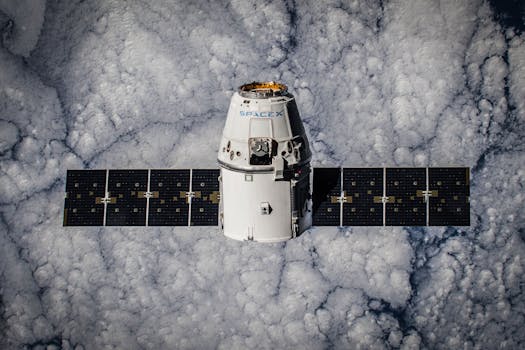
Focus Keyword: Satellite Telecommunications

Satellite telecommunications is a rapidly evolving field that has witnessed significant advancements in recent years. The integration of satellite technology with other forms of communication has opened up new avenues for global connectivity, bridging the gap between remote and urban areas. In this article, we will delve into the latest updates in satellite telecommunications, exploring the current state of the industry, challenges, and future directions.
The use of satellite telecommunications has become increasingly important in today’s digital age. With the advent of 5G networks and the proliferation of mobile devices, the demand for high-speed, low-latency connectivity has never been higher. Satellite telecommunications offers a unique solution to this problem, providing coverage to areas where traditional terrestrial networks are lacking. Companies such as SpaceX, Amazon, and OneWeb are leading the charge in this area, launching constellations of low-Earth orbit (LEO) satellites designed to provide global broadband connectivity.
Advances in Satellite Technology

Recent years have seen significant advances in satellite technology, driven by improvements in materials, design, and manufacturing processes. One of the most notable developments is the use of phased array antennas, which allow for the creation of highly directive beams that can be electronically steered. This technology has enabled the development of high-throughput satellites (HTS) that can deliver speeds of up to 100 Gbps.
Another area of advancement is in the field of propulsion systems. Traditional chemical propulsion systems are being replaced by more efficient and environmentally friendly options such as electric propulsion and advanced ion engines. These systems offer improved fuel efficiency, reduced mass, and increased mission duration, making them ideal for deep space missions and satellite constellations.
Challenges and Future Directions

Despite the many advances in satellite telecommunications, there are still several challenges that need to be addressed. One of the most significant is the issue of interference, which can occur when multiple satellites are operating in close proximity to each other. This can result in reduced signal quality, increased errors, and decreased overall system performance.
To address this challenge, regulatory bodies such as the International Telecommunication Union (ITU) and the Federal Communications Commission (FCC) are working to establish standards and guidelines for satellite operations. This includes the development of new frequency allocation plans, interference mitigation techniques, and licensing regimes.
Conclusion

In conclusion, the latest updates in satellite telecommunications offer a glimpse into a rapidly evolving field that is poised to revolutionize global connectivity. As technology continues to advance and new challenges emerge, it is essential to stay informed about the latest developments and trends in this area. Whether you are a industry professional, researcher, or simply interested in the latest advancements in satellite telecommunications, this article has provided essential insights into the current state of the industry and future directions.
See more:





